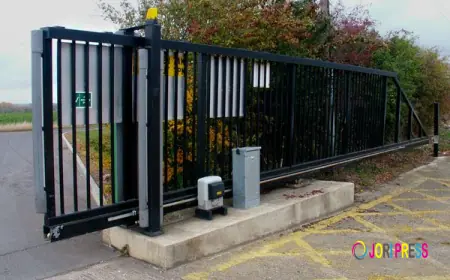Creating Workspaces That Build Culture in a Digital Age

In nowadays’s fast-changing place of job, technology makes it viable to live from everywhere. Yet, as businesses adopt remote and hybrid setups, one critical question arises: what takes place in corporate culture while teams hardly ever meet in person? Culture, in spite of everything, is extra than shared goals—it’s built through day by day interactions, agree with, and collective power.
Why Company Culture Is at Risk in 100% Remote Setups
Remote work has undeniable benefits—flexibility, autonomy, and international access to expertise. However, Neetish Sarda provides fully faraway environments that can weaken the bonds that form a sturdy administrative center tradition. Without face-to-face conversations, spontaneous brainstorming periods, or even casual coffee chats, employees often feel disconnected. Over time, this could lessen loyalty, collaboration, and the experience of belonging that fuels long-time period achievement.
The Role of Physical Workspaces in Building Identity and Belonging
Workspaces act as greater than simply functional offices—they are the physical representation of a enterprise’s identity. Walking into an office can let you know about the corporation’s values, whether it prioritizes creativity, professionalism, or inclusivity. Spaces designed for interaction create a feel of belonging that can not be replicated on a video name. Leaders like Neetish Sarda, who pioneered flexible workspaces with Smartworks, recognize that the layout and surroundings of a workplace play a essential role in fostering subculture.
How Offices Foster Collaboration, Innovation, and Shared Purpose
Offices carry human beings together in methods that virtual systems cannot. A brainstorming consultation in a convention room, a quick discussion over lunch, or collaborative work in open regions often spark ideas that shape innovation. These interactions deliver employees a shared feel of purpose. In controlled workplace areas, generation and layout merge to encourage teamwork while nevertheless supplying quiet zones for centered paintings—balancing collaboration with individual productiveness.
The Future of Work Culture in Flexible and Managed Offices
As hybrid fashions become the norm, agencies are rethinking workplace design. Flexible and controlled office solutions are main this shift with the aid of imparting spaces that adapt to commercial enterprise needs whilst still nurturing culture. Instead of inflexible cubicles, present day workplaces cognizance on lounges, collaboration hubs, and well-being regions that enhance network.
This shift displays a new reality: tradition isn't tied to the variety of hours employees spend within the office but to the high-quality of interactions that take place there. Managed workplaces assist groups scale whilst ensuring that employees sense related to a bigger imaginative and prescient.
Conclusion
Culture remains the pulse of any corporation. While remote work gives comfort, physical workspaces provide the electricity, identification, and collaboration that digital systems can't absolutely mirror. By mixing flexibility with significant in-individual interactions, groups can build resilient cultures that thrive in the virtual age.
Visionaries like Neetish Sarda have proven that the future of work isn't always approximately deciding between remote or workplace—it’s about growing environments where human beings feel an experience of belonging, reason, and proposal. In this stability lies the real energy of the current painting's lifestyle.
What's Your Reaction?
 Like
0
Like
0
 Dislike
0
Dislike
0
 Love
0
Love
0
 Funny
0
Funny
0
 Angry
0
Angry
0
 Sad
0
Sad
0
 Wow
0
Wow
0



















































